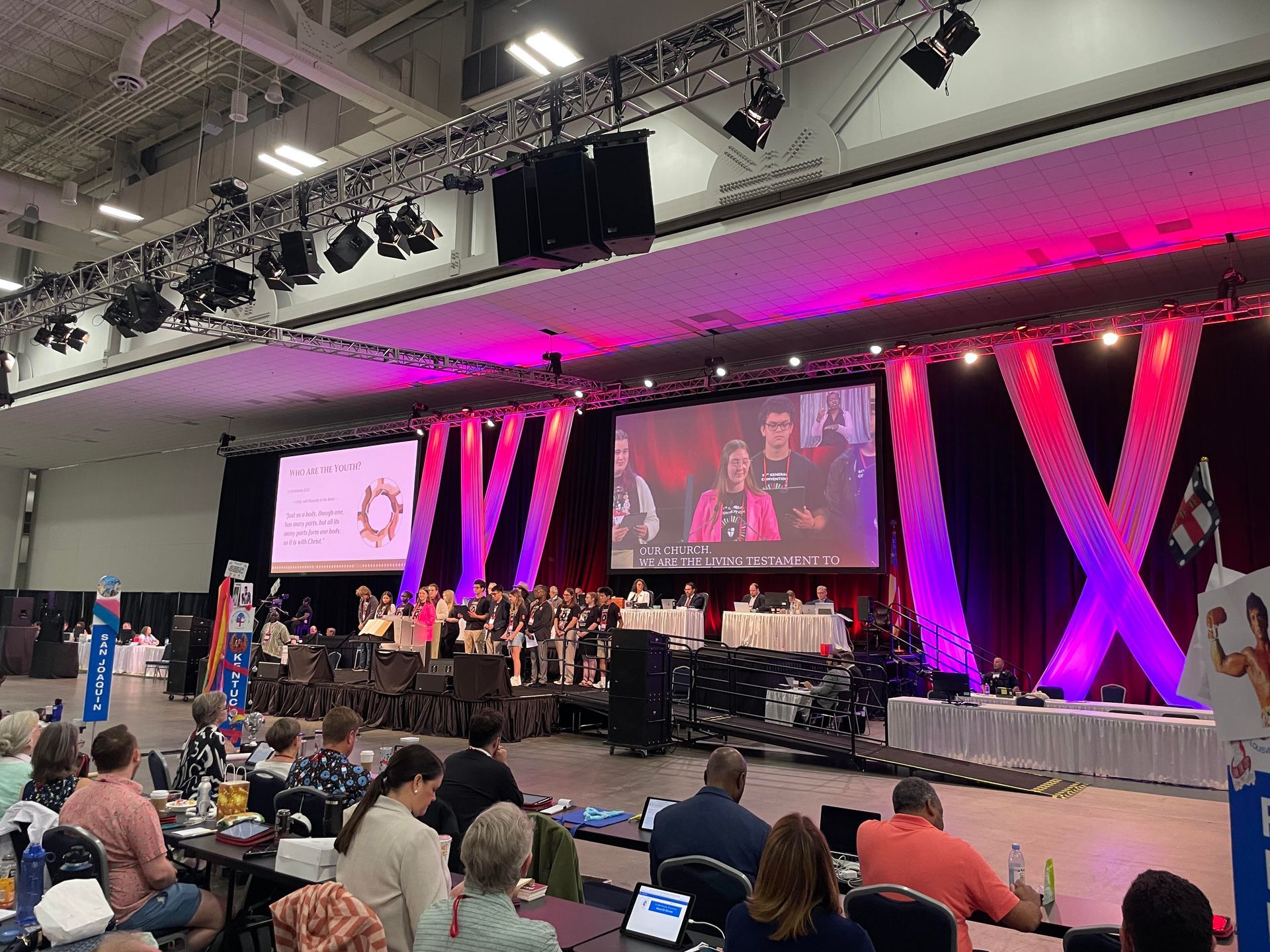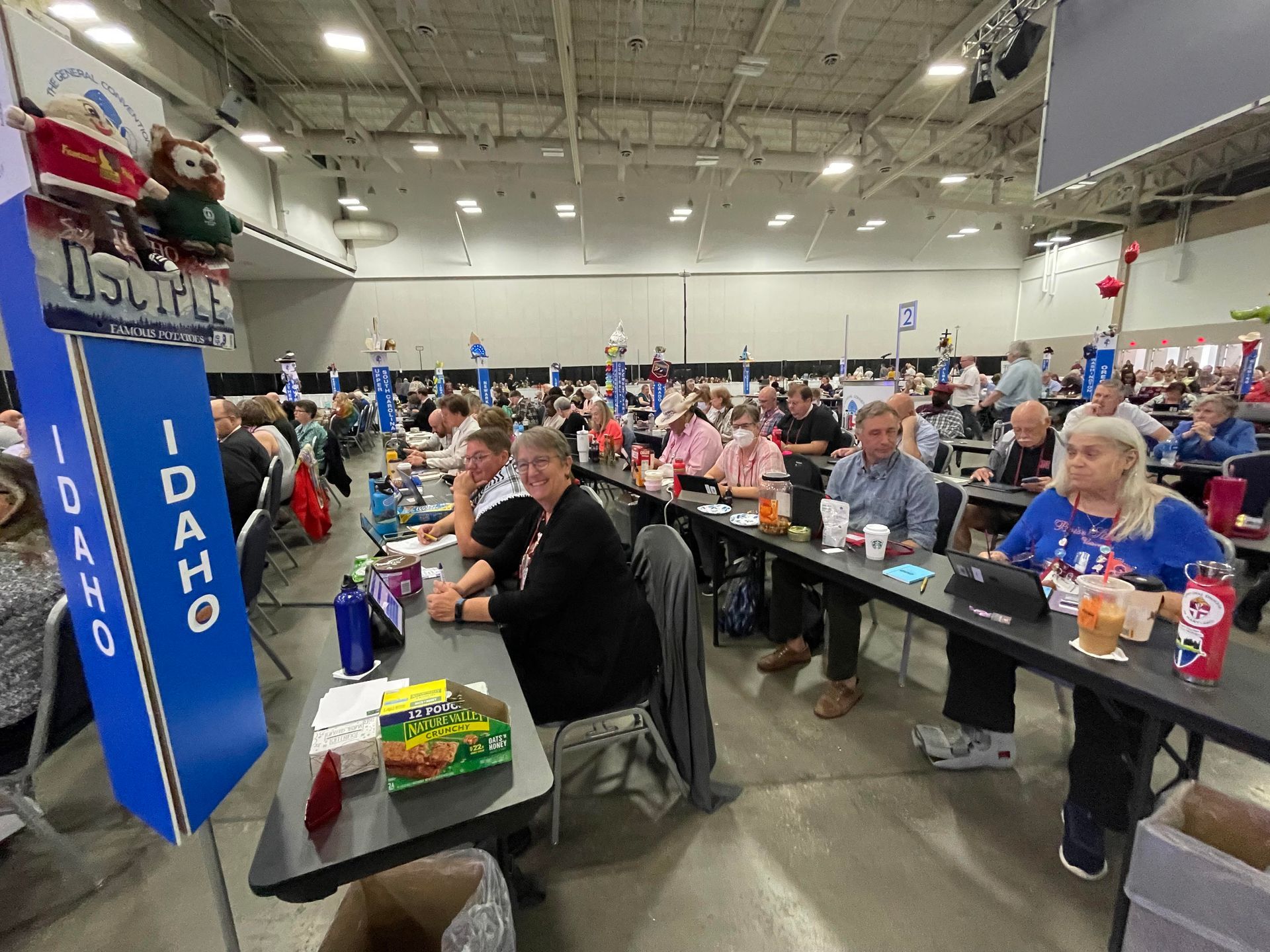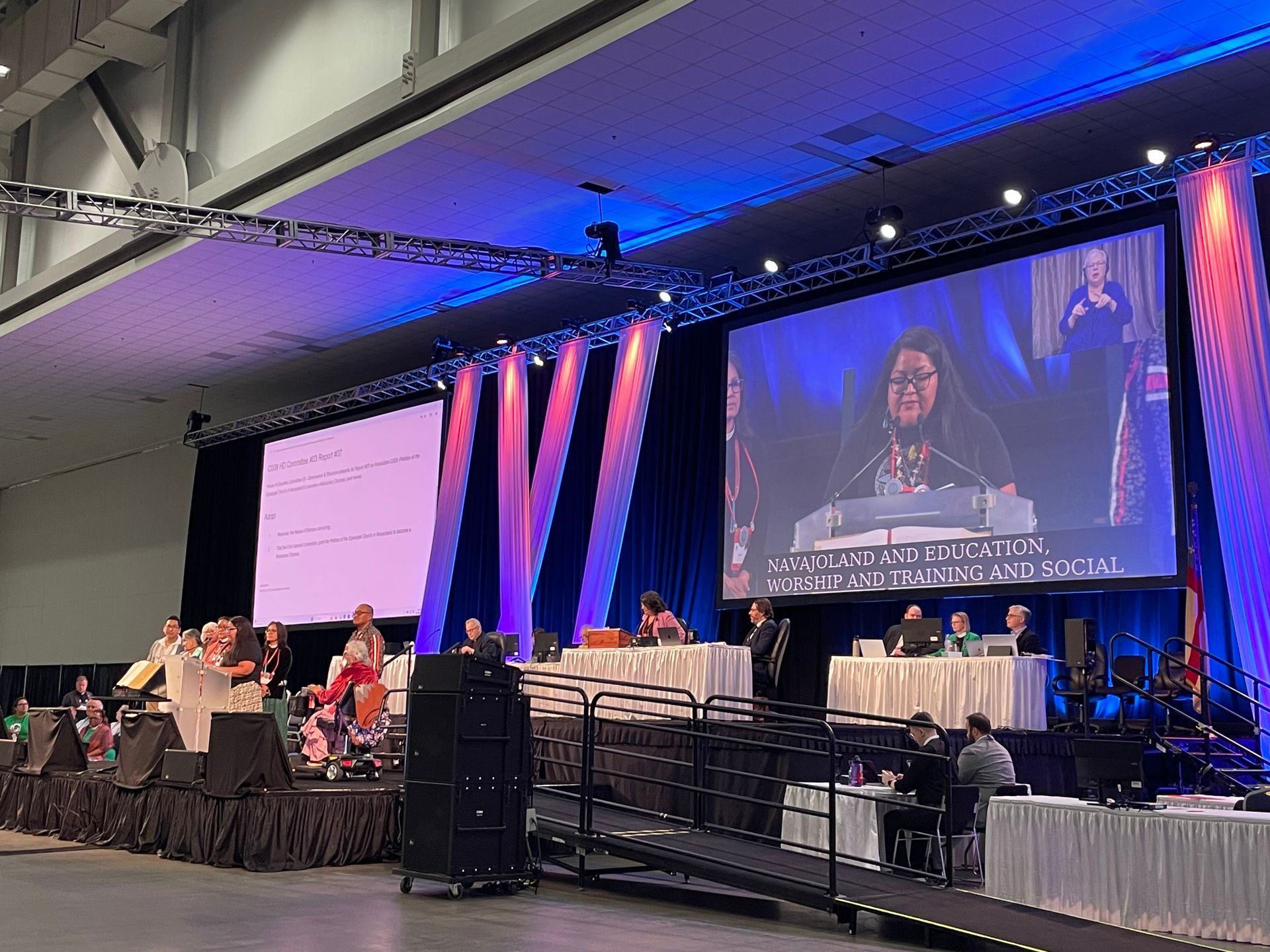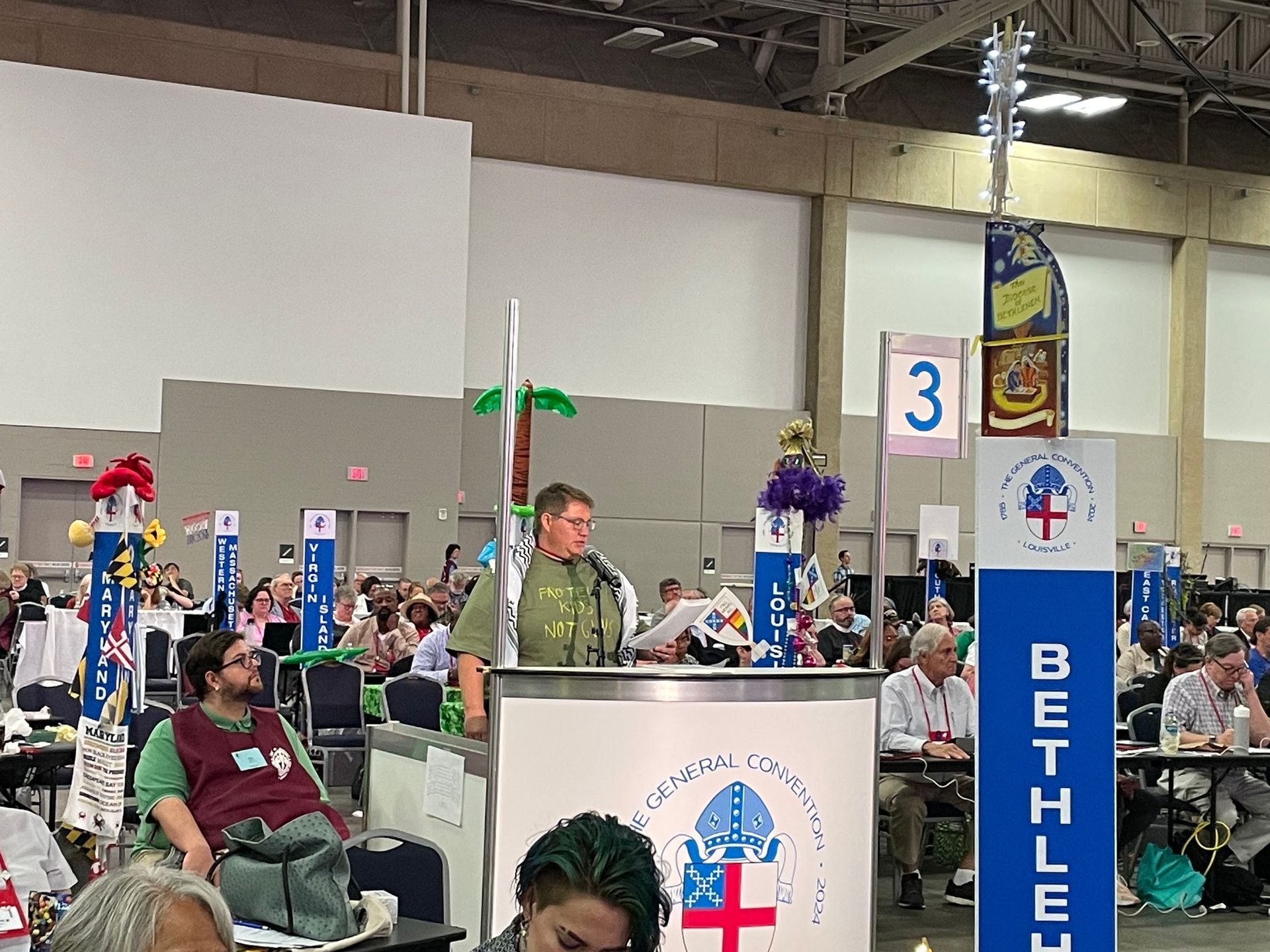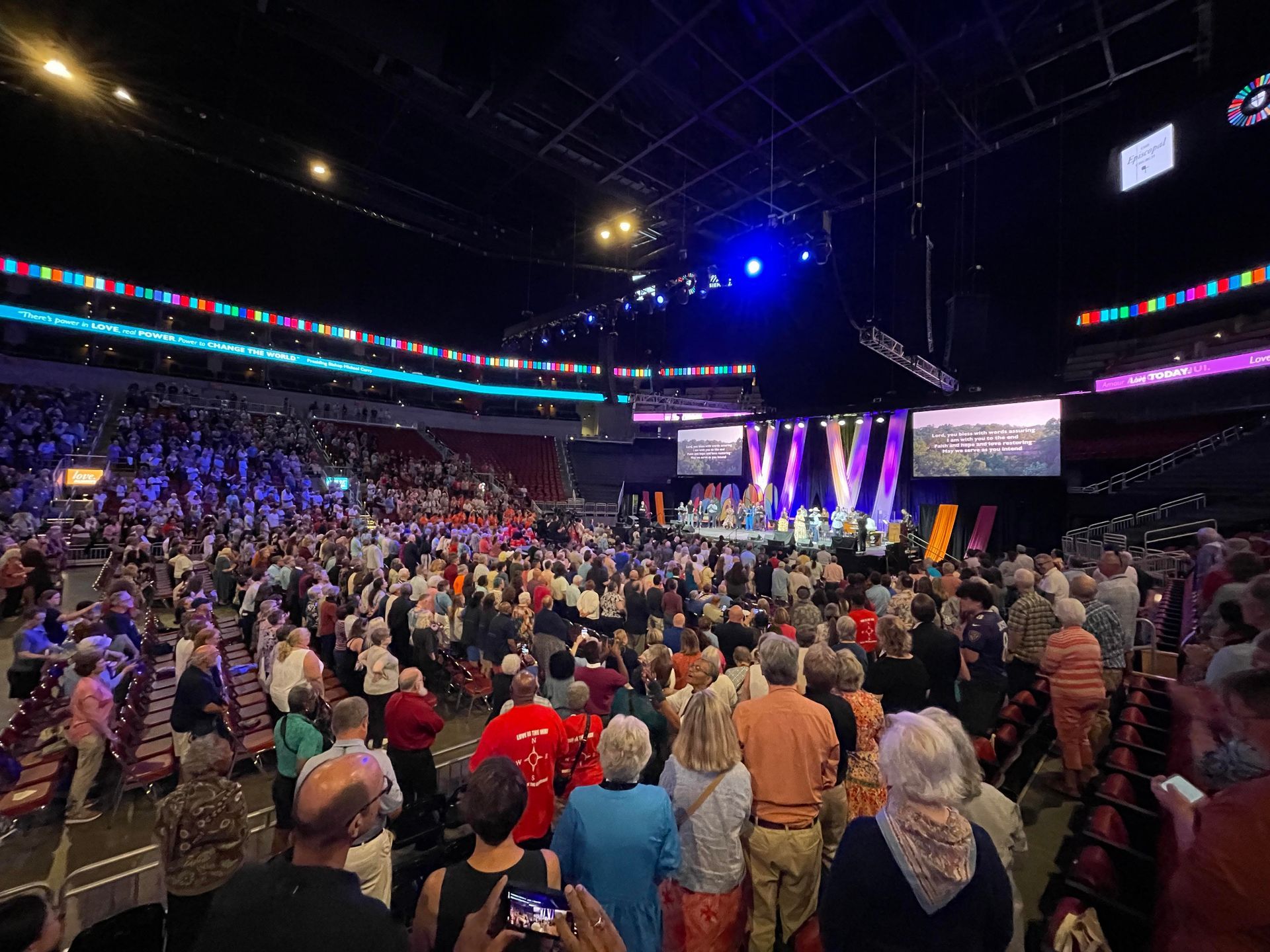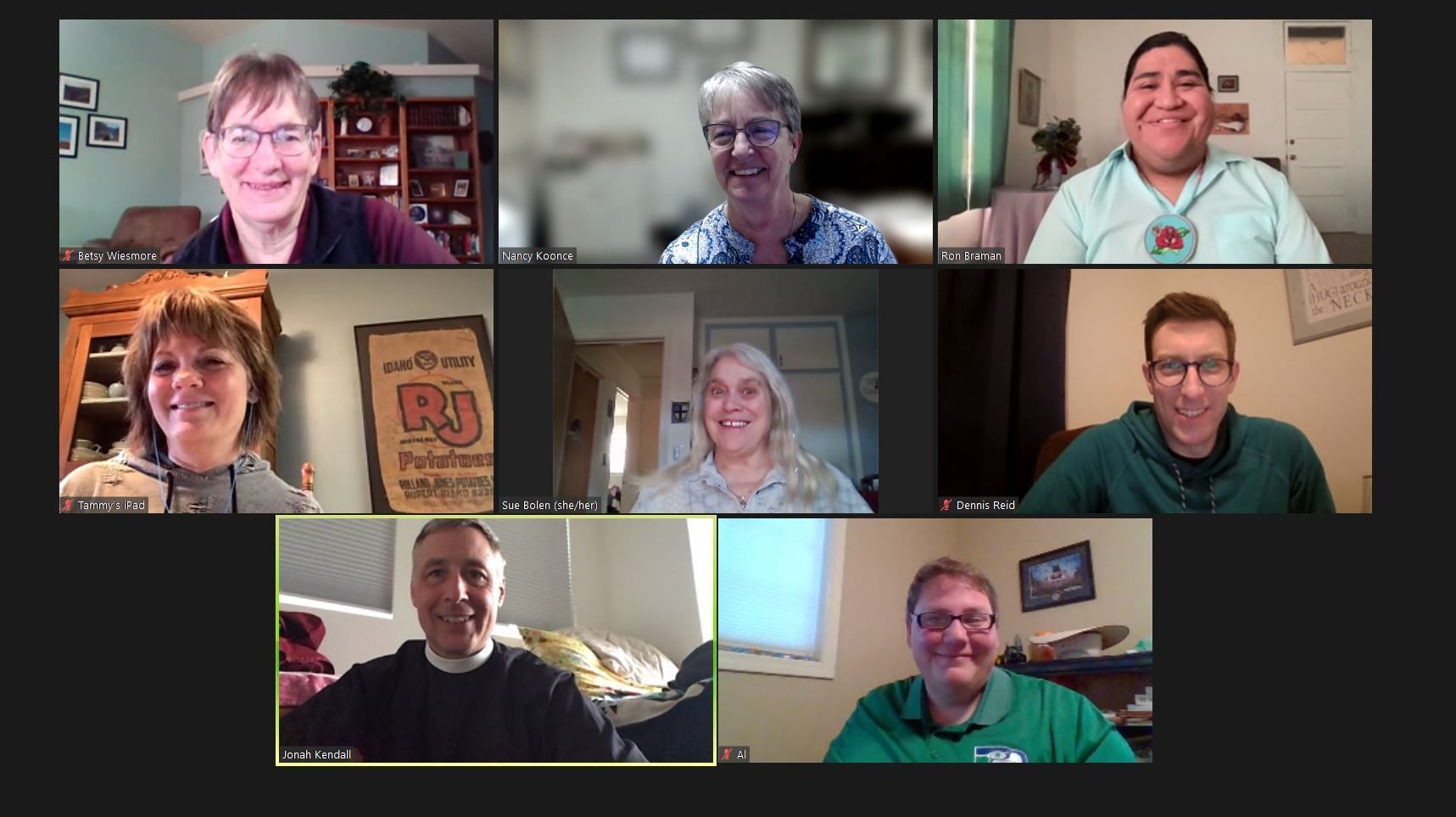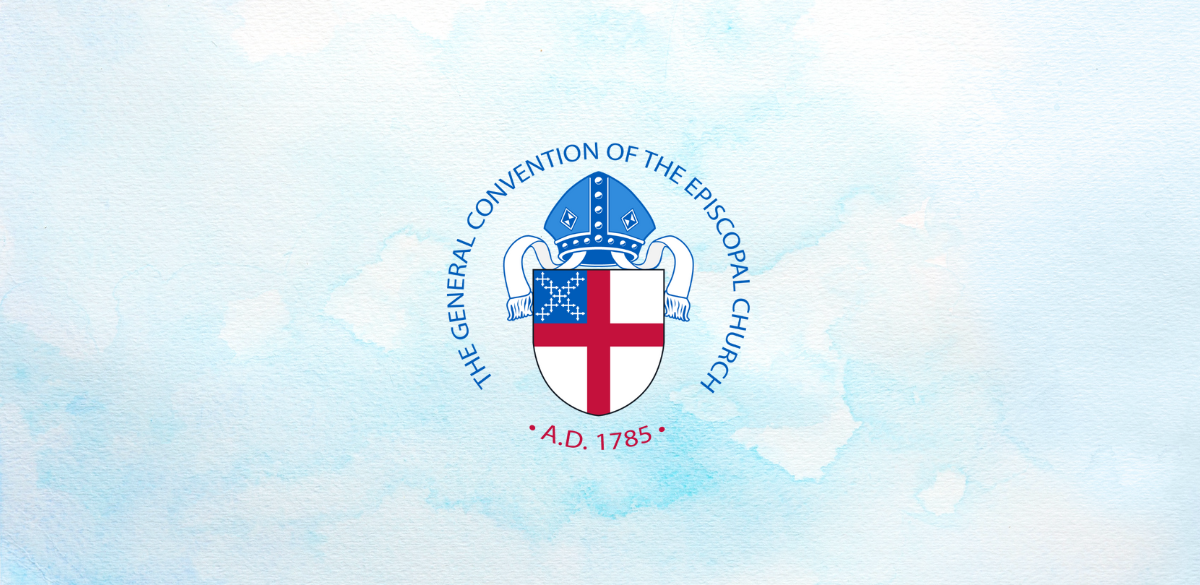A Lenten Primer
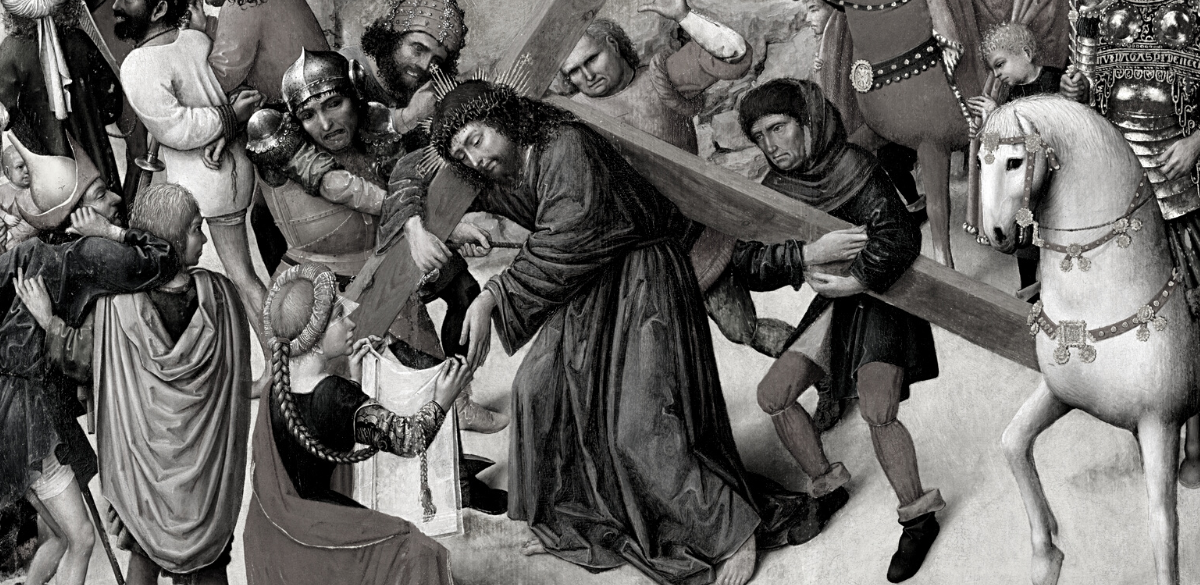
“I invite you, therefore, in the name of the Church, to the observance of a holy Lent, by self-examination and repentance; by prayer, fasting, and self-denial; and by reading and meditating on God’s holy Word.”
The Book of Common Prayer, p. 265
Welcome, dear friends, to the season of Lent. For many Christians, Lent is a particularly meaningful time. More than other seasons of the church year, Lent offers a sense of active participation through unique liturgies, personal practices and disciplines, and a deep engagement in sacred and holy time – what we do in each of these forty days draws us closer to God by entering into the final moments of Jesus’ earthly life, his Passion and crucifixion.
Though Lent is marked by a reverent solemnity, it is not a time without joy! Each Sunday in Lent is still a celebration of the resurrection of Christ our Lord, and even when we recognize our need for repentance – to turn back to God – we do so in the full knowledge that our God is full of mercy and compassion for each of us. So yes, Lent does take on a more serious tone, and living a life of devotion as a disciple of our Lord is a serious journey, but this season is not one of misery, though it is often maligned as such. Instead, let’s consider once again our time in these forty days, that each day is an opportunity and invitation from God to go deeper, to enter into prayer and self discipline as a way of identifying with Christ’s sufferings and redemptive love, and to prepare joyfully for God’s great promise of life that comes with Easter’s dawn.
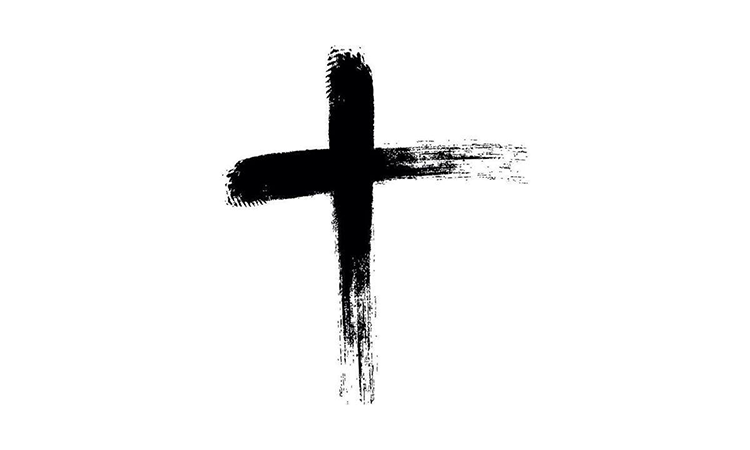
How does Lent start?
Lent begins with Ash Wednesday, a special fast of the Church featuring prayers of penitence and acknowledging our need for God’s forgiveness. It is a solemn and moving liturgy, and those who so choose are marked with the sign of the cross with ashes on our foreheads while recalling God’s words from Genesis: “remember that you are dust, and to dust you shall return.”
Four days later, on the First Sunday in Lent, we will pray the Great Litany together as our entrance rite. It is a marvelous set of prayers covering the entire human condition, and it sets the tone for the rest of the season that we might continually recall that God is indeed delivering us from evil and temptation, is hearing the cry of God’s people, and has mercy upon those who draw close to God in faith.

How do I “do” Lent?
It is a popular notion to “give up something” for Lent – this idea has roots in the long and faithful tradition of fasting, of refraining from food or a particular behavior or practice that, through a continued sense of self-denial, we might draw closer to God and depend more fully upon God. For some, it’s a yearly tradition to give something up – soda, sugar, alcohol, swearing! But this comes with a word of caution: the point is not to give something up for the sake of giving something up. Instead, if you’d like to give something up for Lent, the question that might serve us best is, “what is something in my life that is taking me further from God?” or “what is something in my life that I would benefit from doing without?”
Similarly, it has also become popular to “take something on” for Lent – to introduce a new spiritual practice, or a series of good deeds, or anything that might draw us closer to God in a daily routine. For example, you could try praying Morning Prayer from the prayer book’s Daily Office each day, or read a chapter from the Bible each day. Again, the questions that might help us are “what could I introduce to my life that makes me more mindful of God’s presence in my life?” or “what is something that God could be calling me to start that brings me joy?”
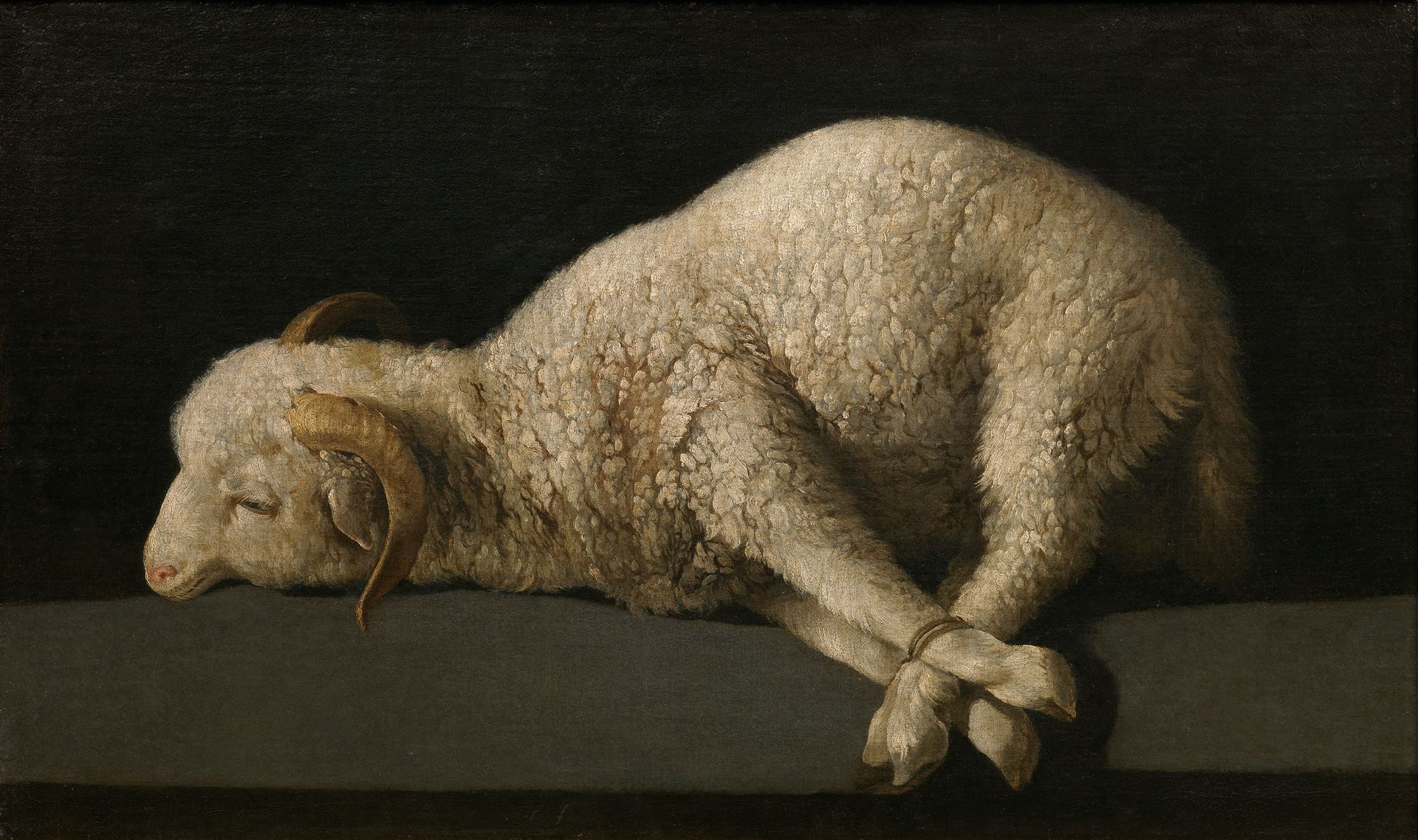
How are the liturgies different from other seasons?
From the colors to the hymns and everything in between, there are some subtle differences in the liturgy that help us as a community observe Lent faithfully. The vestments for the season are purple, traditionally both a solemn and royal color. By putting away bright vestments and colors (and burying the Alleluia as we did on the Last Sunday after the Epiphany), we are reminded of the tone of the season, that just as in seasons of our lives, this particular time is marked by our need of repentance as well as a profound gratitude for God’s great mercy. Additionally, as a royal color, purple keeps us mindful that Jesus is a king unlike any other, who enters Jerusalem not as a conquering warlord but as a humble servant, showing us how life in his kingdom is not understood through power but through sacrifice, humility, and love.
Elsewhere, the music plays an important role in our understanding of the season. In favor of bold, boisterous anthems, we instead turn to penitent service music and hymns. We will often process in silence, foregoing music for a solemn and thoughtful entry. Then, the
Gloria is replaced by either a
Kyrie Eleison
(Lord, have mercy) or a
Trisagion
(Thrice Holy). The Fraction Anthem at the Eucharist is typically an
Agnus Dei (Lamb of God who takes away the sin of the world). And some of the best hymns in the entirety of our hymnal come from the section from Holy Week, the last week of Lent that culminates in the Triduum, the three days consisting of the evening of Maundy Thursday, Good Friday, and Holy Saturday into Easter Day. All of Holy Week has special prayers and liturgies, with the Triduum taking center stage: footwashing on Maundy Thursday, Stations of the Cross and an incredible liturgy of the day on Good Friday, and what is perhaps the most important moment of the entire church year, the Great Vigil of Easter on the evening of Holy Saturday.
Holy Week is the most important week of our year together – I can’t recommend your participation more highly. And it truly is
participation: the liturgies are particularly embodied with unique processions, retelling the Passion story in parts, washing one another’s feet, and taking our place in Jesus’ final moments, the
Via Dolorosa, the Way of Suffering at the Stations of the Cross.
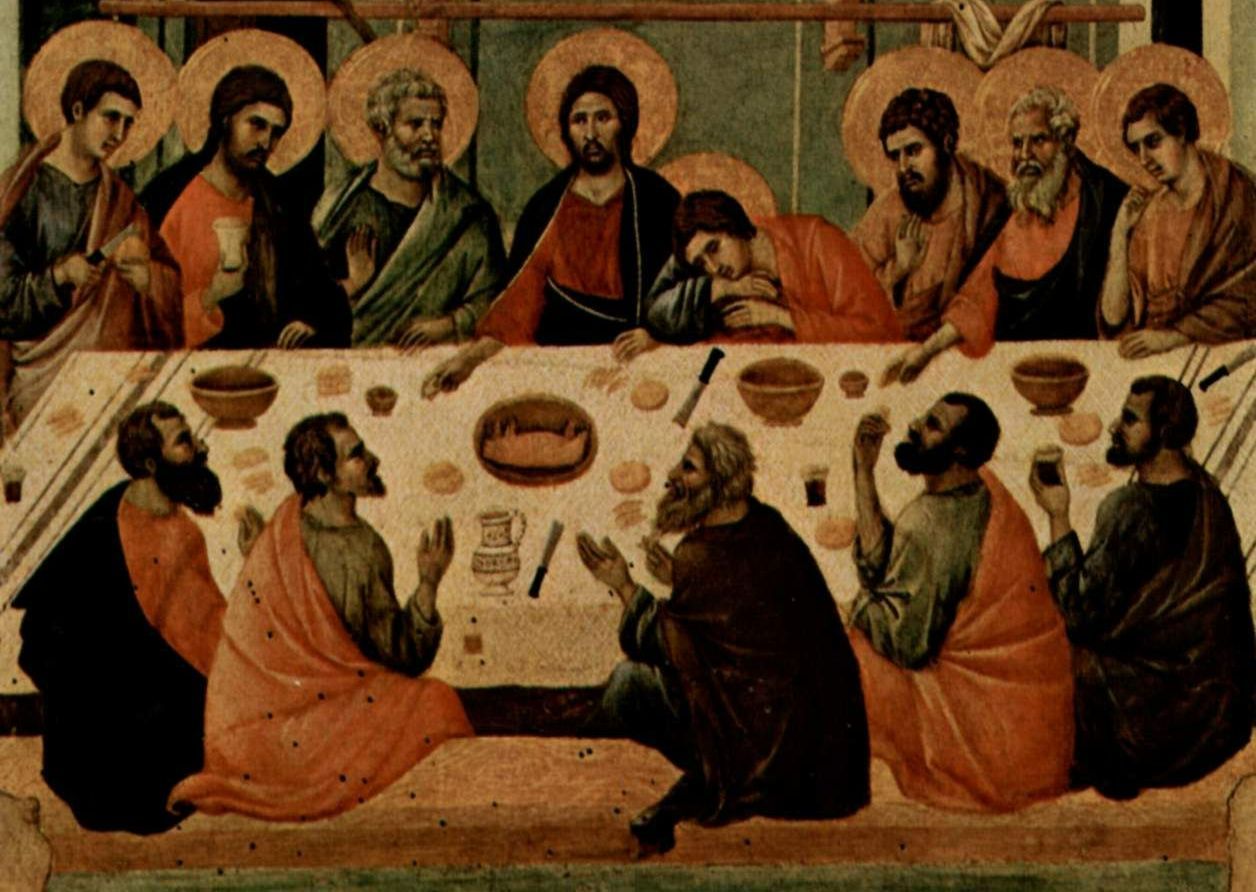
This is my first Lent – any advice?
Enjoy it. Take it all in. And, be generous with yourself. Lent often produces a desire in us to do as much as we can – to fast, to give something up, to be particularly faithful. As great as these thoughts are, it can be easy to disappoint, to miss the mark. But that’s really what this season is all about. We all miss the mark before our God, and Lent is the Church’s opportunity to right the ship, to consider faithfully the ways in which we have failed to live into the life God has called us to live and amend our ways. And all of this is done in joy! All of this is done in remembrance that Christ died for us that we might be reconciled to God. God’s invitation to us is always to life, an abundant life that has been shared with us in Christ’s resurrection. So whether this is your first Lent – full of new experiences, prayers, liturgies, and moments – or you’ve been doing this a long time, know of God’s unending love for you – a love so strong that it has defeated the powers of sin and death – and let that love be the light upon your path in this sacred and holy time.
Grace to you and peace,
Dennis
